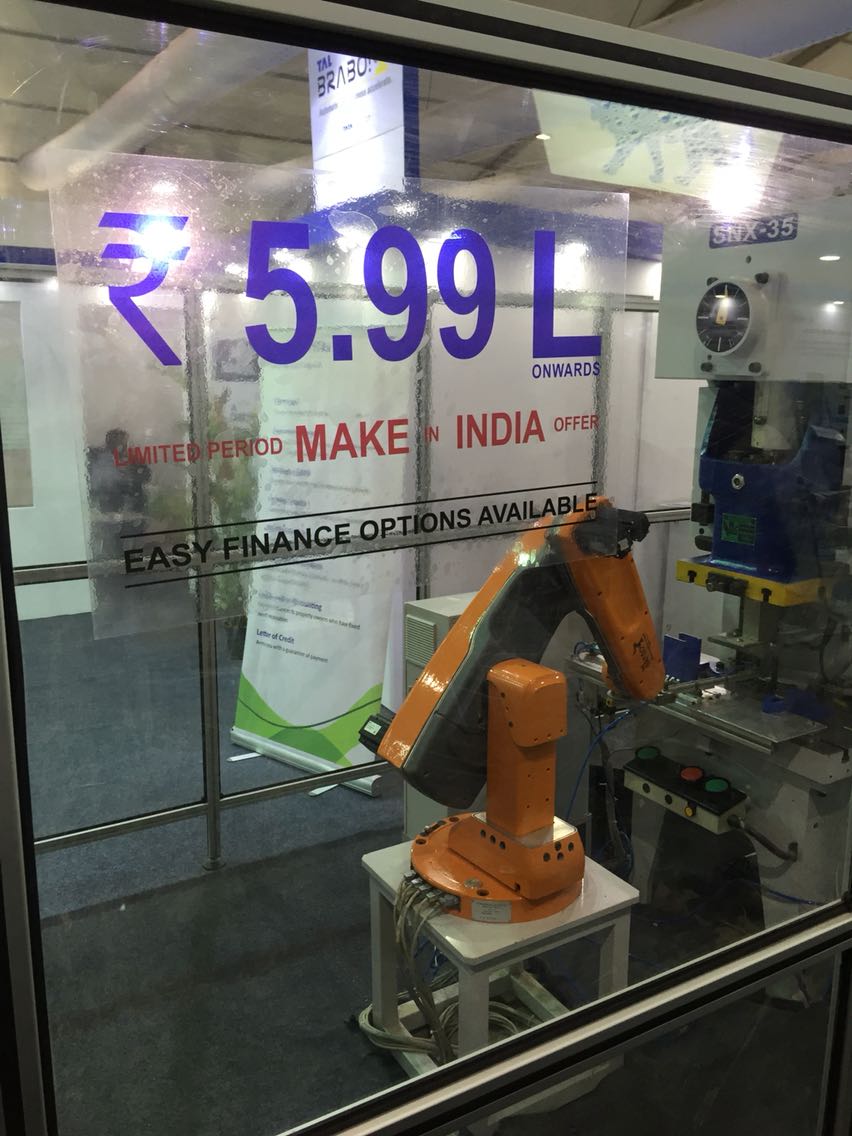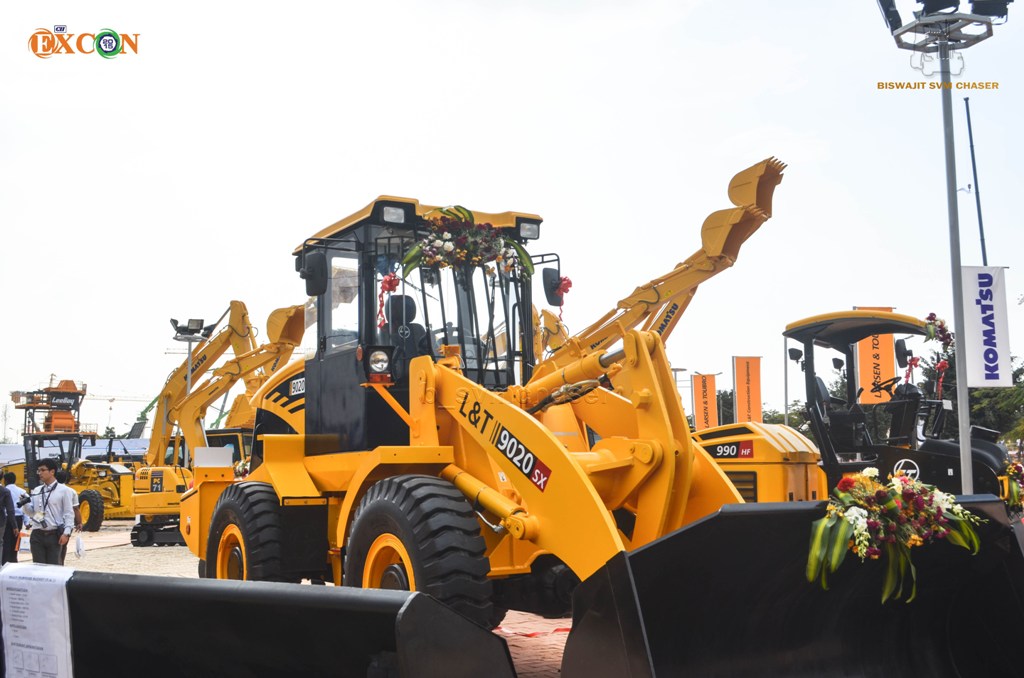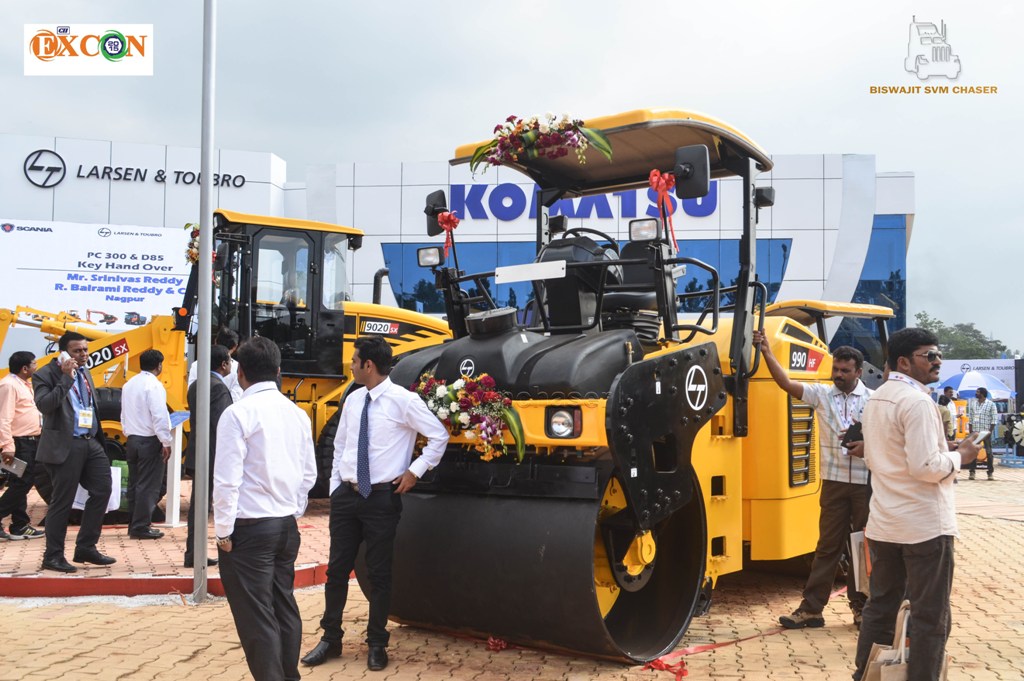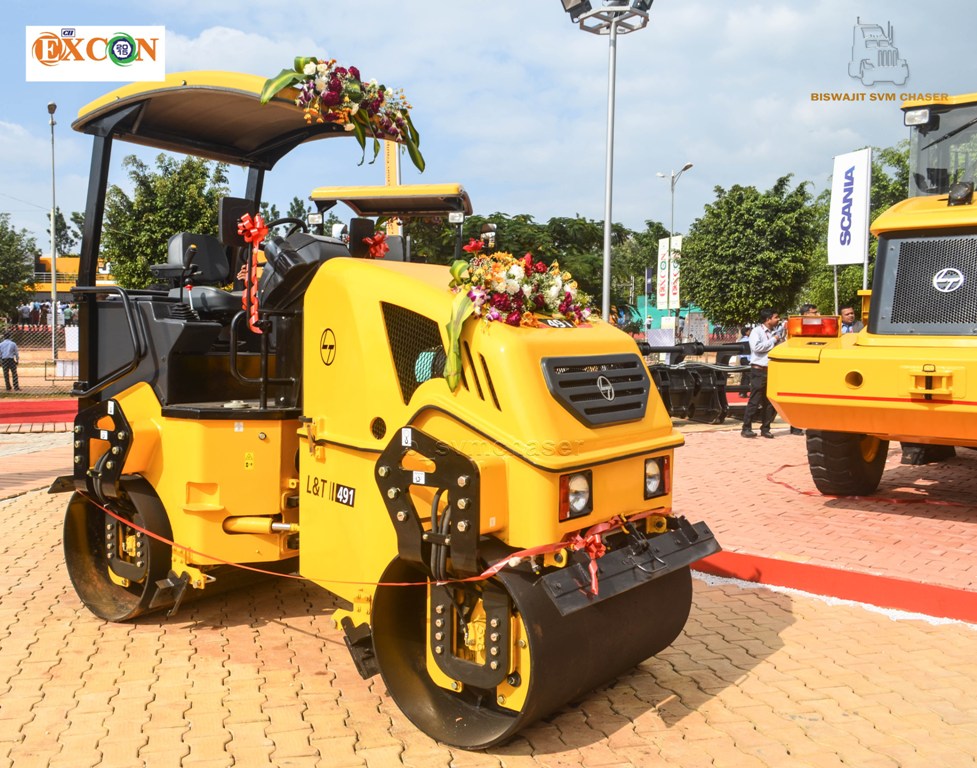gslv mk3
BANNED

- Joined
- Aug 4, 2012
- Messages
- 13,819
- Reaction score
- -18
- Country
- Location
Excerpts from a report ( year-2011 ) on Indian Textile Machinery sector by National Skill Development Corporation
Overview
The Textile machinery sector in India is one of the key engineering sectors responsible for the growth of the Indian economy. In its early years, the sector was producing machines mainly for the cotton textile sector. However, subsequently, the textile industry diversified the production line to take up the production of machinery required by the man-made fiber sector, the woolen sector and even the jute sector. Today, the entire range of equipment required for forming lint and man-made fibers up to finished fabrics are produced in India. Side by side, the ancillary and textile testing and monitoring equipment sectors too developed appreciably. The sector generally categorizes these equipment into ginning, spinning, weaving, processing, and testing machinery.
Major Segments
The sector is major divided into following seven major segments:
1. Ginning and spinning
2. Weaving
3. Synthetic machinery
4. Processing machinery
5. Testing and instrumentation machinery
6. Jute machinery
7. Components and accessories.
Ginning & Spinning
The entire range of Spinning machinery is manufactured in India, including ginning machinery, blow room machinery, cards, draw frame, combers, speed frame, ring frame, ancillary machinery, two for one twisting and auto-cone winding machines and parts and accessories, in general, are at par with international standards. In ginning there are innovations to control the contamination in cotton by reducing human handling, maintaining humidity in pala houses and bins, auto feeding etc. There are five to six manufacturers in ginning. Capacity of ginning machinery is adequate and there are exports and practically no imports. The total capacity of Ginning and Spinning is Rs. 4,561 crores. It meets over 75% of domestic requirement. In the coming years, it is likely to meet 90% of the requirement. There are domestic as well as foreign players. The technological gap is minimal.
Weaving
The total capacity is Rs. 703 crores. The weaving segment is mainly classified into weaving preparatory, weavingshuttle looms, weaving- shuttle-less looms. The technology, capacity and production for weaving preparatory are adequate in India. Some of the reputed manufacturers for weaving preparatory are Prashant Gamatex Pvt. Ltd., Ahmedabad, Jupiter Comtex Pvt. Ltd., Ahmedabad, etc. For weaving-shuttle & shuttle-less looms, there exist many manufacturers which supply almost 40,000 to 50,000 power looms per annum. However, there are few manufacturers of automatic shuttle looms or new technology shuttle-less looms. For shuttle-less looms present installed capacity is almost 16,500 per annum, though production has not reached beyond 2,000 per annum. However demand is increasing, it is believed that the capacity utilization should increase in the coming time.
Synthetic Machinery
The capacity for synthetic machinery is approximately Rs. 1,000.00 crores. All kinds of synthetic machines such as Draw Texturising, TFO Twister, and H. S. Winder etc. (except fiber/filament manufacturing chemical plant) are produced in India. Surat, Rajkot, Surendranagar are the main centers for the manufacture of spindles, spindle pots, spindle inserts, etc. Only critical electronic equipment like PLC controls, servo motors etc. are imported. India is self sufficient in such machinery and also exports to different countries. There is practically no import as there is no technology gap.
Processing machinery
The total capacity for processing machinery is approximately Rs. 900 crores and existing capacity meets over 50% of the requirement. There are more than 50 manufacturers of processing machinery in the country. Almost the entire range of processing machinery is now being manufactured in the country, with continuous scouring, bleaching, mercerizing, washing, dyeing plants, preshrinking ranges and more, being produced by domestic manufacturers. The indigenous machinery available now competes on an even footing with their European counterparts with low material to liquor ratio, and is capable of processing fabric with comparable results at a very reasonable cost. All critical electronic components and equipment are imported. All other types of parts and accessories are also made in India. Quality of textiles processing in Indian machines is at par with international standards. Many hi- tech machinery are being manufactured in the country for e.g. Continuous Bleaching Plant, Dyeing Plant, Washing range, Preshrinking Range, Indigo dyeing Plant etc. For batch processes India has one of the best quality machines when compared with other countries. Technology gaps exist only in case of special purpose processing and finishing machinery and continuous plants which is also getting narrowed with time.
Testing and machinery equipment
The total capacity is Rs. 220.17 crores and almost 80% of the requirement is met by the domestic manufacturers. And mainly the critical components and electronic controls are being imported in this segment The Indian textile engineering industry started developing testing and monitoring equipment in the 60s and today a wide range of high quality latest generation testing and monitoring equipment is being manufactured in the country.
Jute machinery
The total capacity is approximately 70 crores and more than 60 percent of demand is met through domestic production. There are half a dozen good manufacturers of jute machinery in the eastern sector. Lagan Engineering Co. Ltd., Kolkata is the major manufacturer of jute machinery and its parts, components and accessories. There are some small engineering units also manufacturing jute machinery parts and accessories in Kolkata, West Bengal.The capacity for this segment is almost Rs. 1,000 crores. The parts/components and accessories also play a major role in manufacturing and maintenance of the textile machinery. Major examples of such parts and accessories are: Bearings, Beams, Bobbins, Bobbin Holders, Bushes, Card Gauges, Ceramic Guides, Cone and Tubes, CopsAluminum/Steel, Drums, Filters, Flat Tops, Motors, Needles, Pins, Belts, Rollers, Humidifiers, Over Head Traveling Cleaners, Shuttles, Healds, Reeds, Spindle Tapes, Trolleys, etc. The segment produces all the parts and accessories indigenously except for some critical parts and high speed cam dobby, electronic dobby and jacquard.
Economic Performance
The sector consists of approximately 1446 units, with a total investment of approximately Rs.7, 800 crore. Of the ~1446 units, more than 80% of the units are SMEs and approximately 40 percent of units are involved in manufacturing complete machinery while the rest manufactures spare parts and accessories. The total installed capacity is approximately Rs. 9,100 crore. The sector provides direct/indirect employment to more than 250,000 people and this figure is expected to grow to over 4,00,000 during 12th Plan The Textile machinery production is projected to grow from Rs 6,150 Crore in 2010-11 to Rs 14,300 Crore in 2016-17 at a CAGR of 15% based on commensurate growth of Indian textile industry and expected policy interventions. The sector contributes greatly to the competitiveness of the Indian Textile Industry (TI) by meeting 45-50% of its demand. Of the current imports made by this sub-sector, 12% is towards to Standardized Equipment while 27% is towards High-tech Equipment while the rest is towards Accessories and Spare parts.
Overview
The Textile machinery sector in India is one of the key engineering sectors responsible for the growth of the Indian economy. In its early years, the sector was producing machines mainly for the cotton textile sector. However, subsequently, the textile industry diversified the production line to take up the production of machinery required by the man-made fiber sector, the woolen sector and even the jute sector. Today, the entire range of equipment required for forming lint and man-made fibers up to finished fabrics are produced in India. Side by side, the ancillary and textile testing and monitoring equipment sectors too developed appreciably. The sector generally categorizes these equipment into ginning, spinning, weaving, processing, and testing machinery.
Major Segments
The sector is major divided into following seven major segments:
1. Ginning and spinning
2. Weaving
3. Synthetic machinery
4. Processing machinery
5. Testing and instrumentation machinery
6. Jute machinery
7. Components and accessories.
Ginning & Spinning
The entire range of Spinning machinery is manufactured in India, including ginning machinery, blow room machinery, cards, draw frame, combers, speed frame, ring frame, ancillary machinery, two for one twisting and auto-cone winding machines and parts and accessories, in general, are at par with international standards. In ginning there are innovations to control the contamination in cotton by reducing human handling, maintaining humidity in pala houses and bins, auto feeding etc. There are five to six manufacturers in ginning. Capacity of ginning machinery is adequate and there are exports and practically no imports. The total capacity of Ginning and Spinning is Rs. 4,561 crores. It meets over 75% of domestic requirement. In the coming years, it is likely to meet 90% of the requirement. There are domestic as well as foreign players. The technological gap is minimal.
Weaving
The total capacity is Rs. 703 crores. The weaving segment is mainly classified into weaving preparatory, weavingshuttle looms, weaving- shuttle-less looms. The technology, capacity and production for weaving preparatory are adequate in India. Some of the reputed manufacturers for weaving preparatory are Prashant Gamatex Pvt. Ltd., Ahmedabad, Jupiter Comtex Pvt. Ltd., Ahmedabad, etc. For weaving-shuttle & shuttle-less looms, there exist many manufacturers which supply almost 40,000 to 50,000 power looms per annum. However, there are few manufacturers of automatic shuttle looms or new technology shuttle-less looms. For shuttle-less looms present installed capacity is almost 16,500 per annum, though production has not reached beyond 2,000 per annum. However demand is increasing, it is believed that the capacity utilization should increase in the coming time.
Synthetic Machinery
The capacity for synthetic machinery is approximately Rs. 1,000.00 crores. All kinds of synthetic machines such as Draw Texturising, TFO Twister, and H. S. Winder etc. (except fiber/filament manufacturing chemical plant) are produced in India. Surat, Rajkot, Surendranagar are the main centers for the manufacture of spindles, spindle pots, spindle inserts, etc. Only critical electronic equipment like PLC controls, servo motors etc. are imported. India is self sufficient in such machinery and also exports to different countries. There is practically no import as there is no technology gap.
Processing machinery
The total capacity for processing machinery is approximately Rs. 900 crores and existing capacity meets over 50% of the requirement. There are more than 50 manufacturers of processing machinery in the country. Almost the entire range of processing machinery is now being manufactured in the country, with continuous scouring, bleaching, mercerizing, washing, dyeing plants, preshrinking ranges and more, being produced by domestic manufacturers. The indigenous machinery available now competes on an even footing with their European counterparts with low material to liquor ratio, and is capable of processing fabric with comparable results at a very reasonable cost. All critical electronic components and equipment are imported. All other types of parts and accessories are also made in India. Quality of textiles processing in Indian machines is at par with international standards. Many hi- tech machinery are being manufactured in the country for e.g. Continuous Bleaching Plant, Dyeing Plant, Washing range, Preshrinking Range, Indigo dyeing Plant etc. For batch processes India has one of the best quality machines when compared with other countries. Technology gaps exist only in case of special purpose processing and finishing machinery and continuous plants which is also getting narrowed with time.
Testing and machinery equipment
The total capacity is Rs. 220.17 crores and almost 80% of the requirement is met by the domestic manufacturers. And mainly the critical components and electronic controls are being imported in this segment The Indian textile engineering industry started developing testing and monitoring equipment in the 60s and today a wide range of high quality latest generation testing and monitoring equipment is being manufactured in the country.
Jute machinery
The total capacity is approximately 70 crores and more than 60 percent of demand is met through domestic production. There are half a dozen good manufacturers of jute machinery in the eastern sector. Lagan Engineering Co. Ltd., Kolkata is the major manufacturer of jute machinery and its parts, components and accessories. There are some small engineering units also manufacturing jute machinery parts and accessories in Kolkata, West Bengal.The capacity for this segment is almost Rs. 1,000 crores. The parts/components and accessories also play a major role in manufacturing and maintenance of the textile machinery. Major examples of such parts and accessories are: Bearings, Beams, Bobbins, Bobbin Holders, Bushes, Card Gauges, Ceramic Guides, Cone and Tubes, CopsAluminum/Steel, Drums, Filters, Flat Tops, Motors, Needles, Pins, Belts, Rollers, Humidifiers, Over Head Traveling Cleaners, Shuttles, Healds, Reeds, Spindle Tapes, Trolleys, etc. The segment produces all the parts and accessories indigenously except for some critical parts and high speed cam dobby, electronic dobby and jacquard.
Economic Performance
The sector consists of approximately 1446 units, with a total investment of approximately Rs.7, 800 crore. Of the ~1446 units, more than 80% of the units are SMEs and approximately 40 percent of units are involved in manufacturing complete machinery while the rest manufactures spare parts and accessories. The total installed capacity is approximately Rs. 9,100 crore. The sector provides direct/indirect employment to more than 250,000 people and this figure is expected to grow to over 4,00,000 during 12th Plan The Textile machinery production is projected to grow from Rs 6,150 Crore in 2010-11 to Rs 14,300 Crore in 2016-17 at a CAGR of 15% based on commensurate growth of Indian textile industry and expected policy interventions. The sector contributes greatly to the competitiveness of the Indian Textile Industry (TI) by meeting 45-50% of its demand. Of the current imports made by this sub-sector, 12% is towards to Standardized Equipment while 27% is towards High-tech Equipment while the rest is towards Accessories and Spare parts.
Last edited:



















